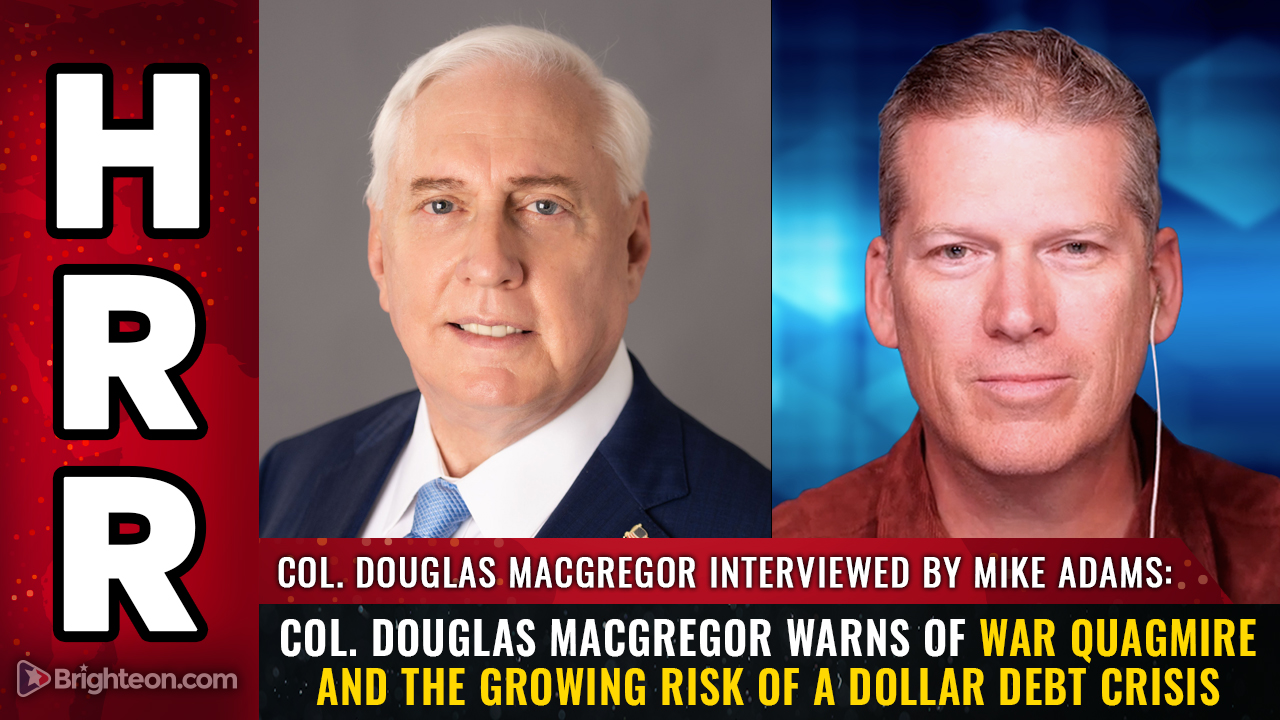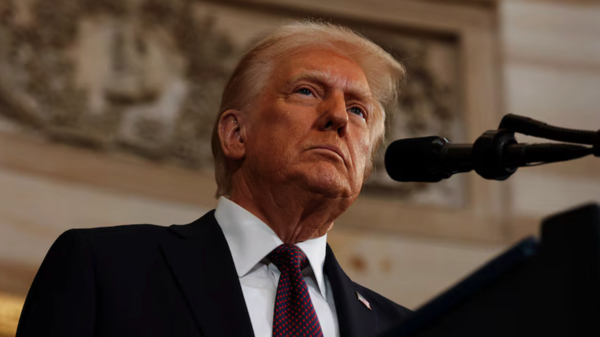 Parler
Parler Gab
Gab
- Bank of America, Citigroup, Morgan Stanley and JPMorgan Chase are exploring stablecoin launches amid regulatory changes.
- President Trump’s crypto-friendly policies and pending legislation aim to clarify rules for digital assets.
- Legal uncertainty and low current client demand are slowing progress.
- Bank-issued stablecoins could bridge traditional and digital finance.
- Institutions seek to diversify payment systems and counter fintech rivals.
Why now? The regulatory overhaul paving the way for crypto adoption
The banks’ pivot reflects shifting political and regulatory winds. Trump, who famously dubbed himself the “crypto president,” has championed institutional crypto adoption, touting it as a driver of economic growth. Key legislation close to passage includes proposals that would:- Create a stablecoin issuance framework requiring reserves held in U.S. government bonds or cash.
- Mandate independent audits and real-time user verification, aligning with proposals by the FDIC and SEC to classify stablecoins as securities, subject to banking-style regulations.
Bank strategies: A play for the future, but challenges remain
All of the big banks that plan to play are still ironing out the details. Bank of America: Moynihan emphasized collaboration with peers and fintechs, comparing stablecoin development to the rollout of payment platforms like Zelle. Yet he stressed the need for time: “We’re still figuring out how big or small this could be. Demand isn’t high yet.” Citigroup: CEO Jane Fraser framed stablecoins as a payment innovation mirroring Visa or SWIFT but blockchain-based. “This is a good opportunity for us to serve clients who want frictionless cross-border transfers,” she said, noting Citigroup’s “moving at the speed of trust.” Morgan Stanley: CFO Sharon Yeshaya acknowledged the bank’s tentative stance, stating stablecoin applications were in their infancy. “It’s too early to see how this will play in traditional banking versus crypto-focused competitors,” she said. JPMorgan Chase: CE Jamie Dimon, a former Bitcoin skeptic, hinted at stablecoin ambitions without specifics: “We’re part of where the future is going.” Analysts anticipate JPMorgan’s venture could leverage its JPM Coin, a closed-loop corporate stablecoin used internally since 2019.The broader implications: A new era of hybrid finance
Bank-issued stablecoins could stabilize the cryptocurrency market by introducing institutional credibility. Unlike decentralized stablecoins, these would be backed by regulated institutions with access to Federal Reserve liquidity—a boon for users wary of crypto volatility. Yet hurdles persist. Legal ambiguity remains: Not all legislators agree on whether Fed reserves should back stablecoins or if they should avoid them entirely (Federal Reserve policy bars banks from directly holding crypto as deposits). Meanwhile, infrastructure challenges loom, as U.S. banks cobble together blockchain technologies like Ethereum or new platforms like Hyperledger. For consumers, the outcome could mean faster, cheaper cross-border payments—and new privacy concerns. Stablecoins require user identification, potentially altering how digital identities interact with finance.A balancing act between innovation and oversight
As the U.S. banking giants stumble forward, their success hinges on nailing the nuance. They must straddle innovation and regulation to ensure stability, transparency and public trust—goals that could redefine trust in both crypto and traditional finance. The path ahead is fraught, but as Moynihan puts it: “We’re all moving in the same direction. It’s just a matter of pace.” For now, the wait continues—until Congress finalizes laws, banks ink partnerships and regulators set the rules of crypto’s new frontier. Follow for updates on this evolving story. Sources for this article include: Reuters.com Paris2018.com TBSnews.netU.K. to ban ransomware payments by public sector and critical infrastructure operators
By Laura Harris // Share
Trump signs order banning “woke AI,” mandates ideological neutrality in federal tech use
By Laura Harris // Share
Valve removes over 100 adult games on Steam due to pressure from Visa and Mastercard
By Laura Harris // Share
Trump’s Middle East escalation risks full-blown regional war
By Finn Heartley // Share
By Lance D Johnson // Share
Governments continue to obscure COVID-19 vaccine data amid rising concerns over excess deaths
By patricklewis // Share
Tech giant Microsoft backs EXTINCTION with its support of carbon capture programs
By ramontomeydw // Share
Germany to resume arms exports to Israel despite repeated ceasefire violations
By isabelle // Share










